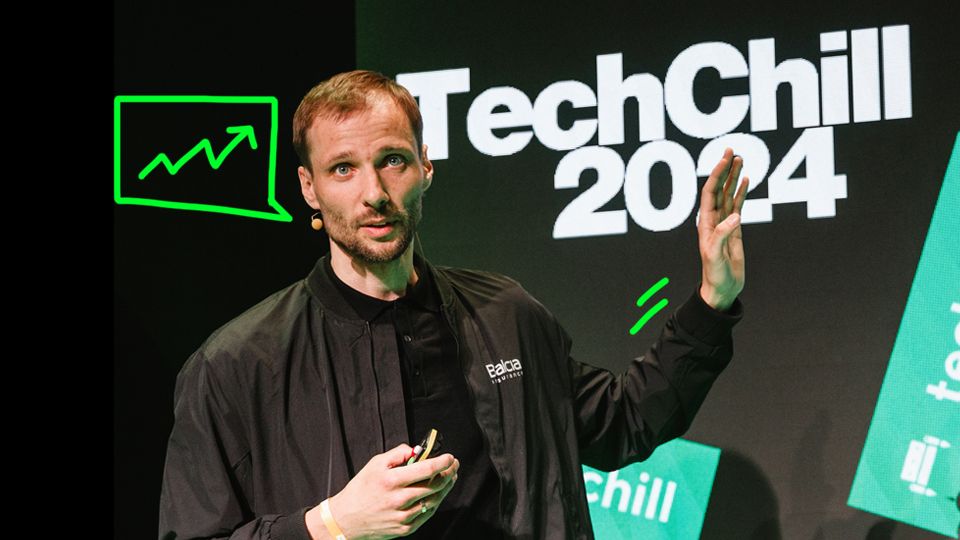The use of AI (artificial intelligence) has greatly benefited the insurance industry by optimizing the processes, making the services more efficient and reducing both employee time and costs. However, the question remains as to how AI benefits the customer and whether it can make a positive impact on the pricing of products and services. Balcia’s experience has shown that it is indeed possible.
Car insurance, such as MTPL and CASCO, is generally considered to be one of the most expensive insurance products due to the relatively high risks associated with owning a car. The cost of car insurance is determined by evaluating various factors and potential risks, but sometimes customers may still feel that they are paying more than necessary.
We decided to improve the accuracy of our insurance prices by collecting and analyzing larger amounts of data. This allowed us to customize the prices for each driver, resulting in a more precise and personalized pricing scheme. The role of AI in this process was significant. Normally, the standard method for price calculation involves analyzing less than 50 different parameters related to the car and driver. However, with the help of AI, we can analyze up to 800 different parameters. This allows us to assess the degree of risk more accurately and determine the price for the insurance policy more precisely. Our goal is not to be the cheapest insurer on the market, but rather to ensure that our customers receive the same or even greater value for the price they pay for their insurance policy.
What data is used?
Together with the Swiss company “K2G”, we have implemented a risk assessment system in Balcia that uses data from three main sources: demographic, geographic and criminal information controlled by the state, freely available public data on location and traffic intensity, as well as commercial data from service providers. The system also considers indicators such as the driver’s experience, driving style, received penalty points, as well as the year and make of the car. All the data used in this system are collected legally and are used in compliance with the law.
Driver’s residential location also affects the price of insurance
When it comes to analyzing CASCO policy prices, AI relies heavily on location-based data. This means that drivers with the same car models may have different policy prices if they live in different locations. For example, we have found that accidents tend to occur more frequently near the driver’s residence than far away, so when calculating the policy price, several risk factors are considered based on the driver’s location. These include the extent of car damage, the types and severity of injuries sustained by the drivers and passengers, traffic intensity, as well as the time of day and weather conditions in which accidents typically occur. Also, just because accidents happen frequently in a certain area doesn’t necessarily mean that they’re always severe or result in high losses, so the cost of an insurance policy cannot be determined by the number of accidents alone. Other factors must also be considered.
Similarly, AI algorithms also consider whether there is a school or kindergarten near the driver’s place of residence. If there is, then it is assumed that the driver is less likely to use their car to transport children to an educational institution, which ultimately results in a lower risk of accidents.
The Balcia mobile app allows users to check the safety level of their living area. By simply entering their address, users can get an insight into the risk of road traffic within a 3 km radius around their home. The app provides detailed information on the number of accidents that have occurred in the area over the years, along with statistics such as the time of day, severity, and types of vehicles involved.
Win-win for both the customers and the company
After implementing an AI-based approach for calculating the risk and price for each car insurance request, we conducted a thorough price comparison and evaluation over a period of 45 days to assess its effectiveness. The results showed that the use of AI technology resulted in a decrease in CASCO prices for 60% of our customers. However, for some customers, the risk was higher, leading to an increase in the price of CASCO. Personalized pricing was a game-changer for us, boosting our policy sales by 28% and our total revenue by 23%. Moreover, this solution made our price calculation process more efficient, saving our employees approximately 200 working hours per year. It also allowed us to create more targeted marketing campaigns based on the location of our customers.
The results confirmed that this approach is mutually beneficial for both the customers and the company. Customers gain from receiving personalized prices, while the company can ensure that they receive fair value for the policy premium paid. I believe that many companies could benefit from using AI tools to analyze unusual data patterns as it can uncover new business opportunities.







